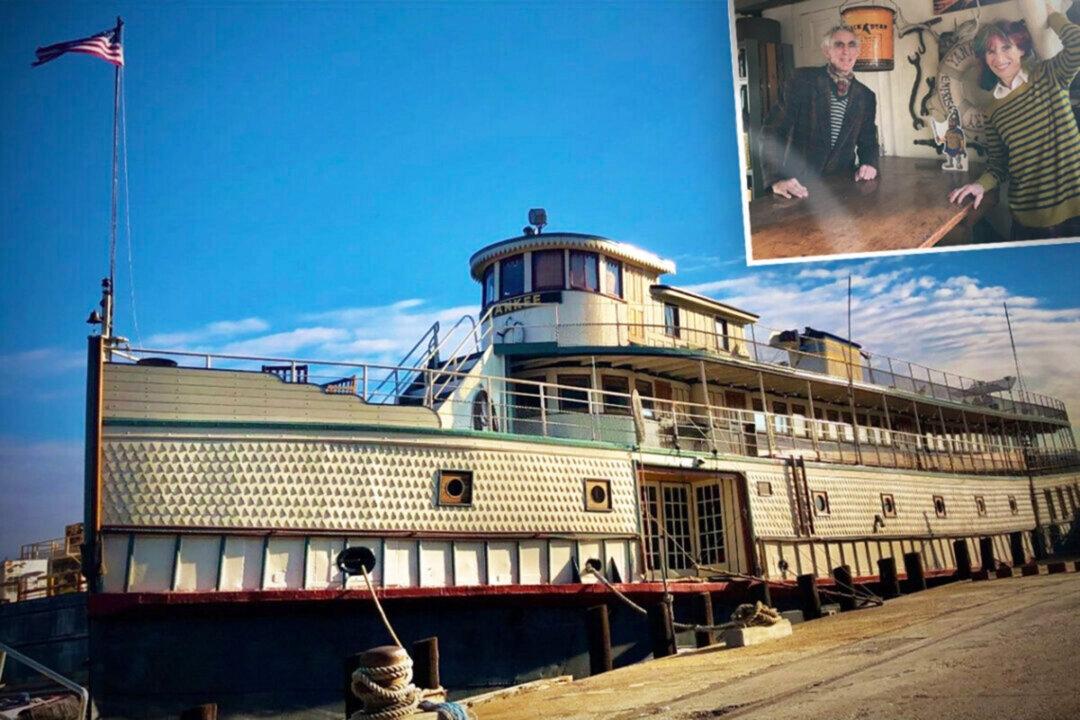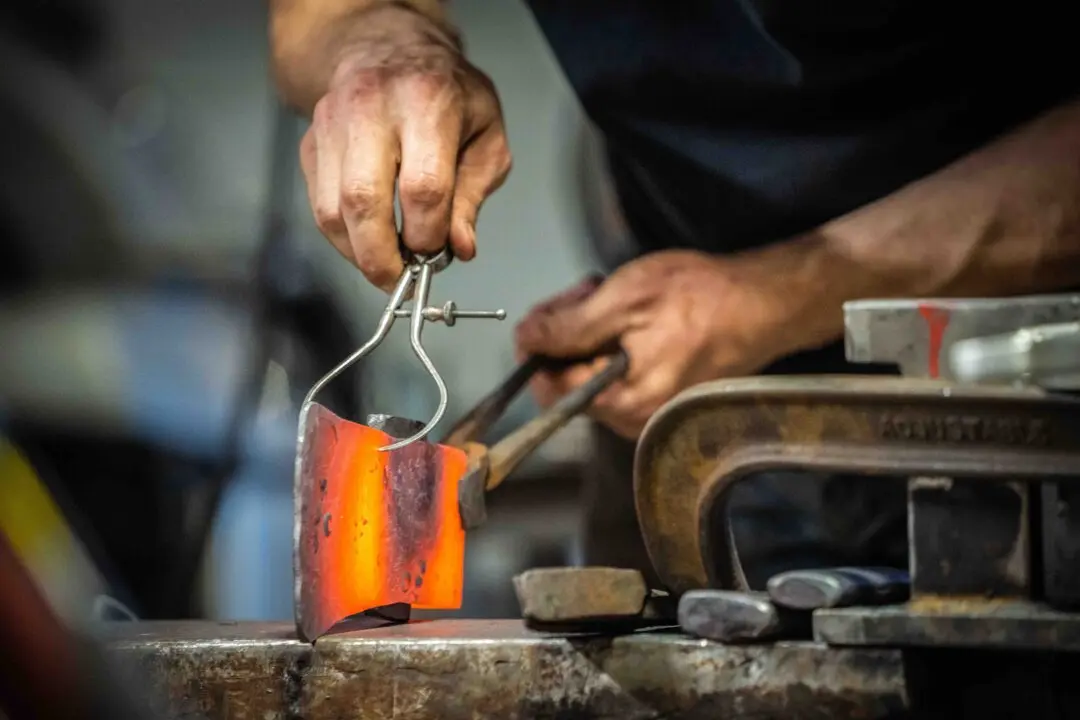Built in 1907, the ferry named Yankee has survived well over a century of daring adventures.
The charismatic 150-foot ship with four decks started her life transporting wealthy passengers around the coast of Massachusetts, going on to perform vital roles in both World Wars. In between conflicts, she took waves of immigrants from New York Harbor to the processing station at Ellis Island, and two decades later, went on to cater to Rhode Island vacationers.






